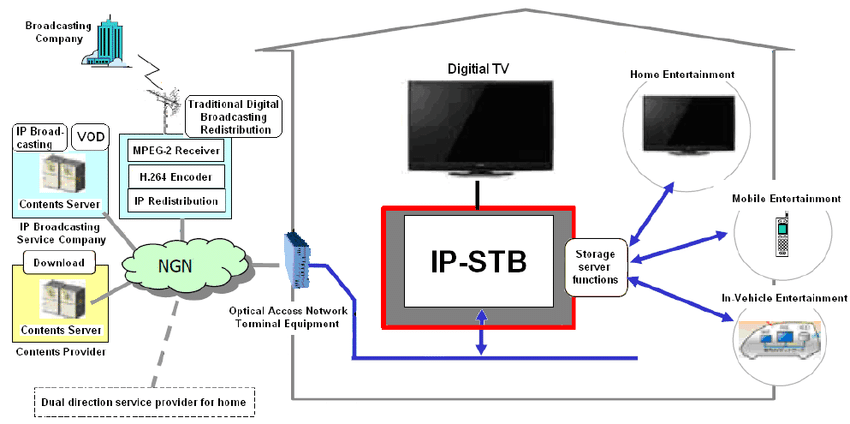Frame relay is a high-performance wide area network (WAN) protocol designed for connecting local area networks (LANs) and transmitting data across the internet or private networks. It emerged as a replacement for older WAN protocols like X.25, offering improved speed and efficiency.
Key Features of Frame Relay:
- Packet-Switched Network: Frame relay is a packet-switched protocol that uses variable-length frames to transfer data. Each frame is encapsulated with necessary control information and sent over a shared network infrastructure.
- Virtual Circuits (VCs): Instead of dedicated lines, frame relay uses logical paths called virtual circuits, which can be either permanent (PVCs) or switched (SVCs). This allows multiple connections over the same physical network link.
- Efficiency: Frame relay is designed to handle “bursty” data traffic, meaning it works well with traffic patterns that involve intermittent but large data bursts. It eliminates many of the error-checking features found in older protocols to improve performance.
- Cost-Effective: Since frame relay uses shared network resources and does not require dedicated lines for each connection, it is more cost-effective for users needing high-speed data transmission across a WAN.
- Connectionless Service: Frame relay provides a connectionless service for data transmission, meaning it does not need a constant connection between two endpoints. This makes it more flexible for handling data transmission over larger, geographically dispersed networks.
How Frame Relay Works:
- Data Link Connection Identifiers (DLCIs): Each frame relay connection is assigned a DLCI, a unique number used to identify different virtual circuits within the same physical link.
- Error Detection: Unlike older technologies like X.25, frame relay does not have extensive error-correction mechanisms. It relies on higher-level protocols to handle any retransmissions or error detection, which significantly reduces overhead and improves speed.
- Congestion Control: Frame relay provides congestion control mechanisms like the Forward Explicit Congestion Notification (FECN) and Backward Explicit Congestion Notification (BECN) to help manage traffic during network congestion.
Use Cases:
- Inter-office Connectivity: Frame relay is often used by businesses to connect geographically dispersed office locations over a WAN.
- Internet Access: Many Internet Service Providers (ISPs) use frame relay to provide their customers with access to the internet.
- Telecommunications: Frame relay is widely adopted by telecom companies to build wide area network services for their customers.
While frame relay has been largely replaced by newer technologies such as MPLS (Multiprotocol Label Switching) and VPNs (Virtual Private Networks), it played a significant role in the development of modern WAN technology.
4o










